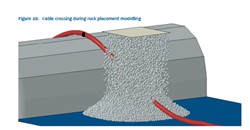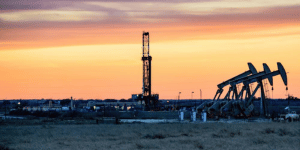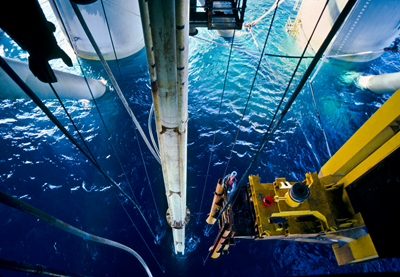By John French
Jee has just completed a very unusual analysis to assess the behaviour of a fibre optic cable during installation of a rock berm. Rock placement is widely used throughout the industry to protect and stabilise subsea cables but there is often an underlying concern that the cable could be damaged during the rock installation. Best practice is to install the rock either side of the cable and allow the berm to build up gradually around the cable rather than dropping rock directly on the cable span but there is always a risk of some direct rock impact. Our client approached Jee to see if we could quantify the behaviour of the cable at a crossing location (without CPS installed) during the rock placement and confirm the level of damage that could potentially be sustained.
Jee used Abaqus to generate a model that simulated the falling rock on a spanning region at a pipeline crossing. This dynamic analysis allowed us to assess sensitivity to rock size and velocity. The outcome of the analysis was very interesting and confirmed the suspicion that the impacting rock had the potential to overbend the cable beyond its minimum bend radius, in addition to the obvious risk of damage to the outer sheath.
This is a highly theoretical assessment and subject to various assumptions within the modelling but I was curious to see industry response to this type of assessment. Have you observed damage to cables during rock dump operations? What techniques do you use to mitigate this?
To find out more about how Jee can help you with your design needs click here..



.png)


.png)